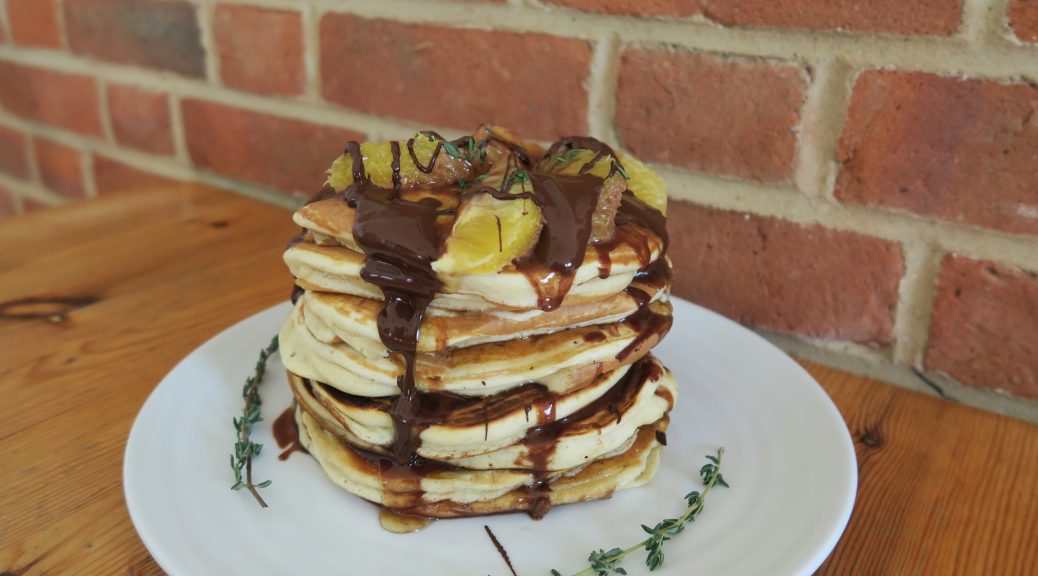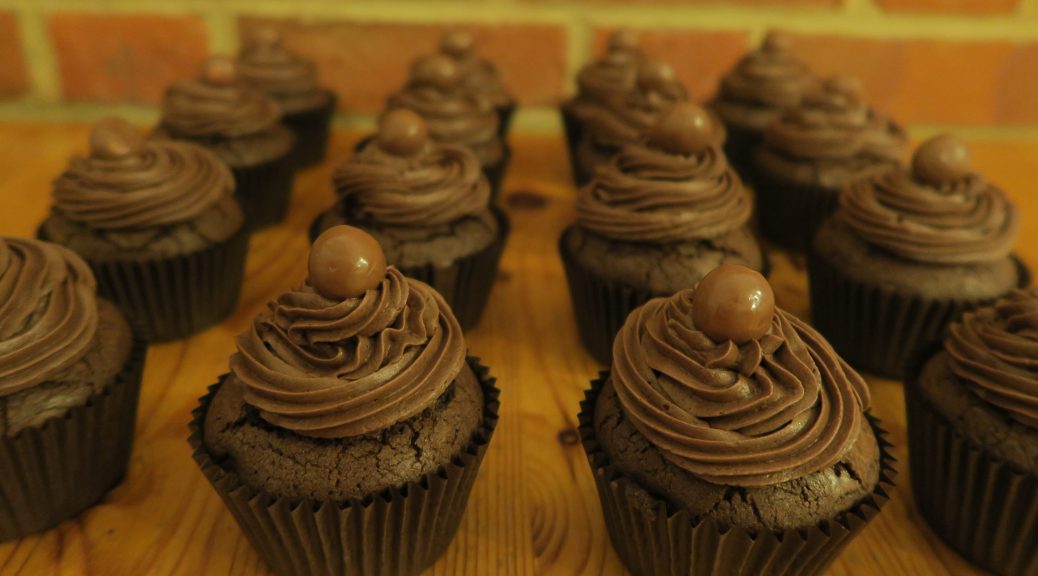
Chocolate Cupcakes
When I was a lot younger I used to earn money by making and selling cupcakes at school fetes and bizarres. Most of my memories of these events are spending hours into the night before stressing out and piping onto hundreds of differently flavoured cakes. The picture below is of a very timid me at my first Christmas stall when I was 12. At this one I sold vanilla, lemon, coffee and walnut, ginger, chocolate, and caramel cakes.

Without a doubt my best seller was my chocolate cupcakes topped with a Malteaser. I’d always have to make twice as many of them as any of my others as they’d sell out within the first half of the event.

Unfortunately, although I’ve made hundreds of these, I have no good photos of them. The two above photos are old ones from my cupcake selling days, before I learnt how to use a camera properly, and so they’re pretty blurry. Recently I made another batch (see below) for my Dad’s birthday, which inspired me to write a post on them. However, as I made them in the evening they have the unavoidable dark yellow tone that comes with artificial light. Nevertheless, they taste really good and by using a brownie-like mix they come out really squidgy and rich.

Recipe
Makes 12 Cupcakes
Time: 1 hour
Ingredients
- 210ml Vegetable oil
- 320g Light brown sugar
- 1 tsp Vanilla extract
- 4 Medium eggs
- 80g Cocoa powder (not drinking chocolate, as it has added sugar and less cocoa, and so has much less flavour)
- 130g Plain flour
- 12 Malteasers
For the icing
- 300g Unsalted butter
- 265g Icing sugar
- 50g Cocoa powder
Method
- Preheat the oven to 170˚C. Put 12 muffin cases into a muffin tin.
- In a large bowl whisk together the oil, sugar and vanilla. Add the eggs and whisk until fully combined. Add the cocoa and whisk again (go slowly here as the cocoa will go everywhere if whisked too fast). Add the flour and then whisk until fully mixed.
- Distribute the mixture between the cases using two table spoons, (I find about 1 1/2 tbsp for each cake works well). Put the cupcakes in the oven and bake for 20 minutes. Then reduce the oven temperature 150˚C and continue to bake until a skewer comes out clean when inserted into the middle of the cupcake (about 15 minutes more).
- Take the cakes out of the tins and leave to cool completely on wire racks.
- Meanwhile make the icing. Put the butter and icing sugar into a bowl and beat with a wooden spoon until smooth. Add the cocoa powder and continue to mix until it’s all combined.
- Put the icing into a piping bag fitted with a star shaped nozzle. Pipe the icing onto the cooled cakes in a spiral shape.
- Top each cake with a Malteser and serve!

Thanks for reading! Check out my social media pages (links on the side bar), and like/follow to stay updated.
Emma x
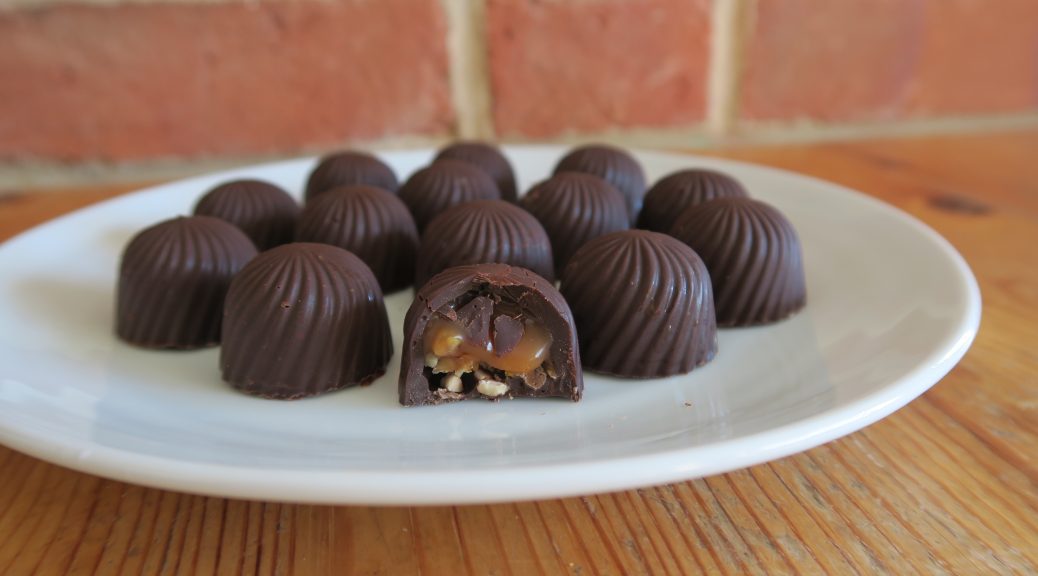











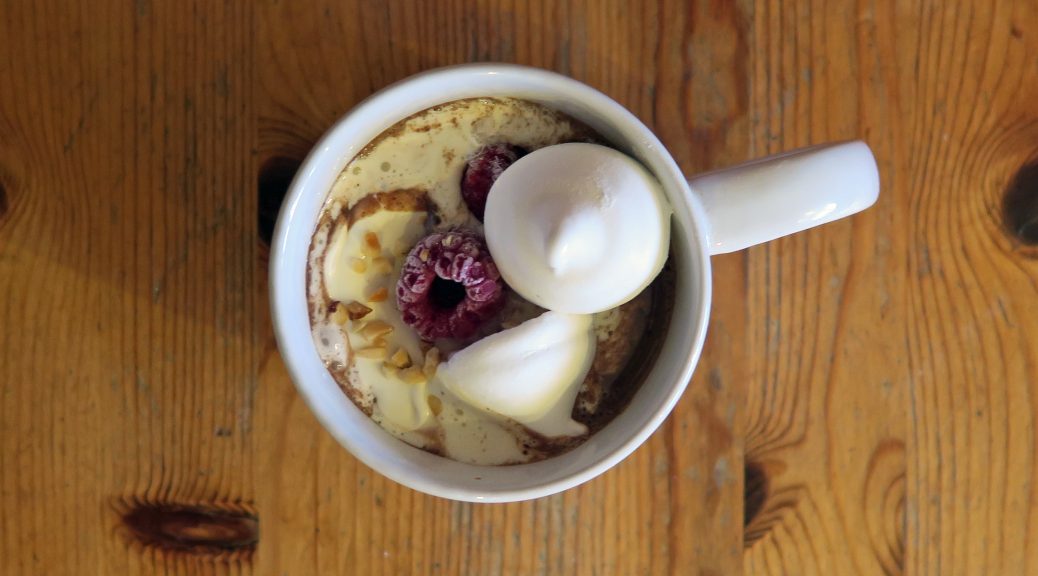



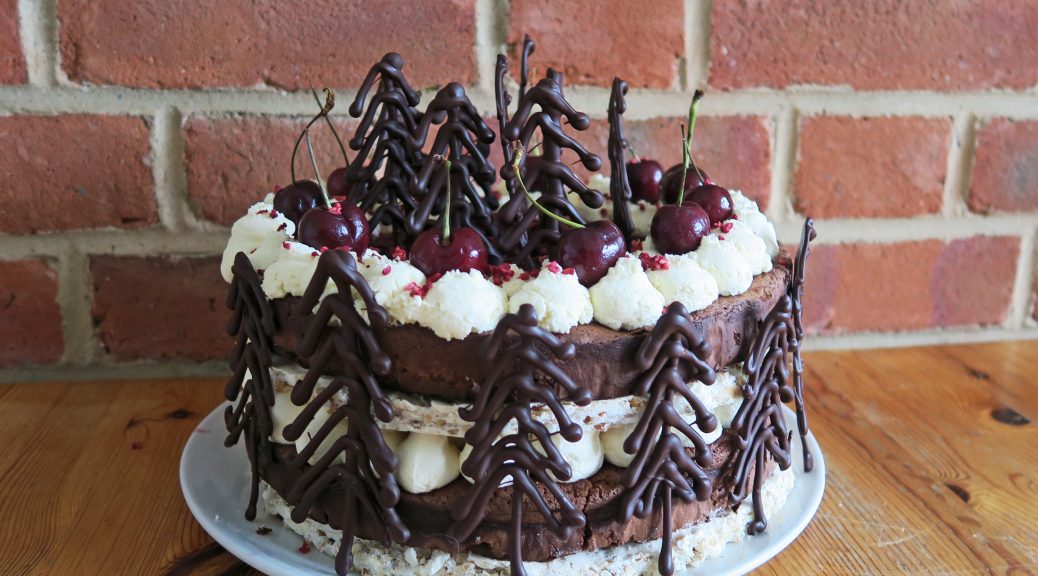

 That said I have adapted this slightly by adding a daquoise, aka a nutty meringue, which adds a bit of texture and brings some sweetness to contrast the rich chocolate cake and creamy filling. Whilst I think this is as good as it gets, if you’re short on time or want to go for a more traditional gateau you could leave out the meringue layers and you’d still end up with something delicious. On the other hand, you could leave out the cake and then you’d end up with a derlish layered, hazelnut and cherry pavalova!
That said I have adapted this slightly by adding a daquoise, aka a nutty meringue, which adds a bit of texture and brings some sweetness to contrast the rich chocolate cake and creamy filling. Whilst I think this is as good as it gets, if you’re short on time or want to go for a more traditional gateau you could leave out the meringue layers and you’d still end up with something delicious. On the other hand, you could leave out the cake and then you’d end up with a derlish layered, hazelnut and cherry pavalova!


